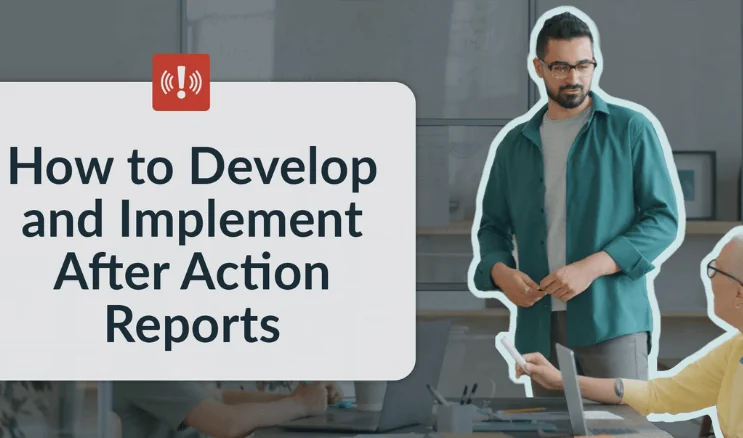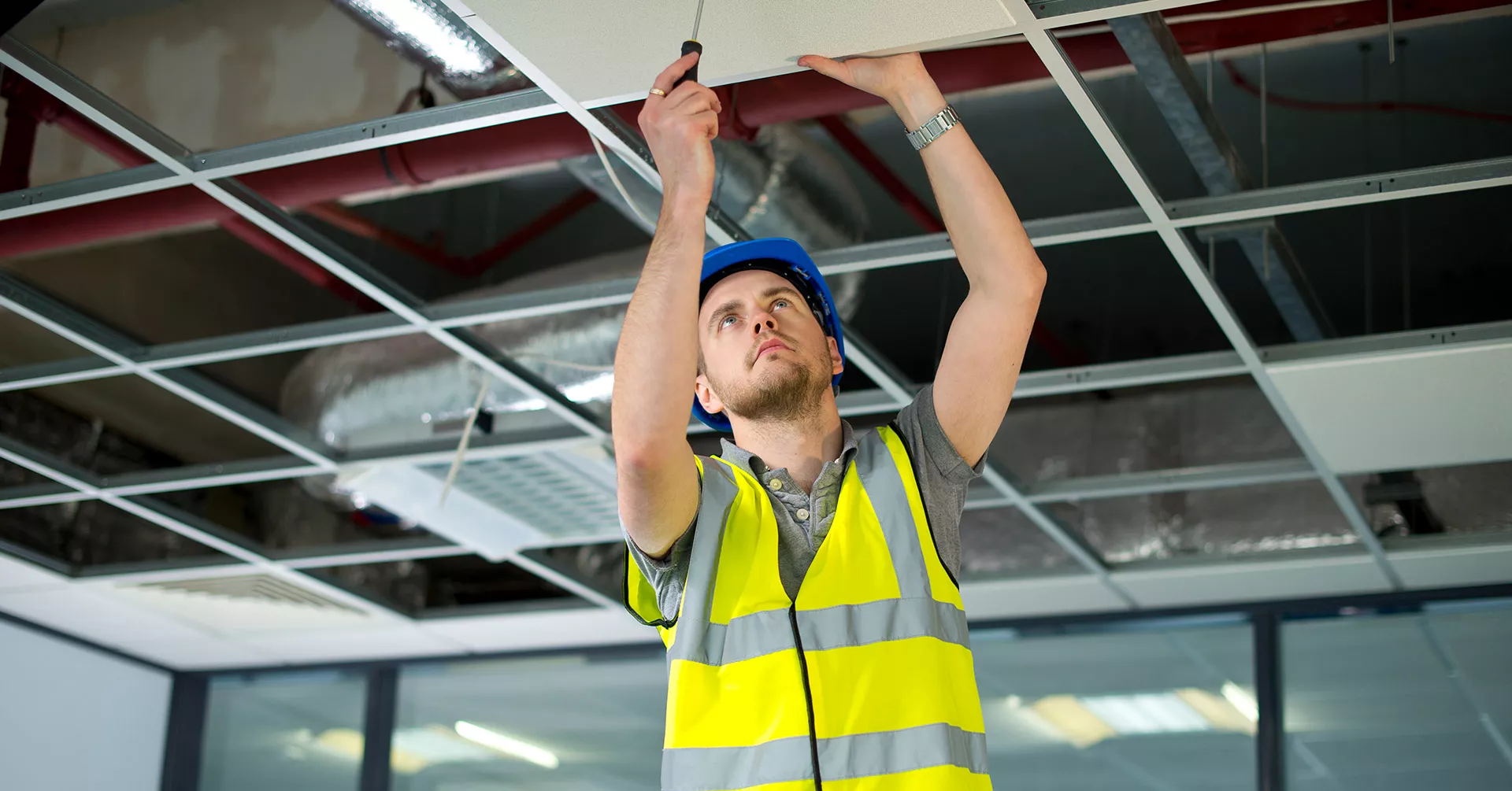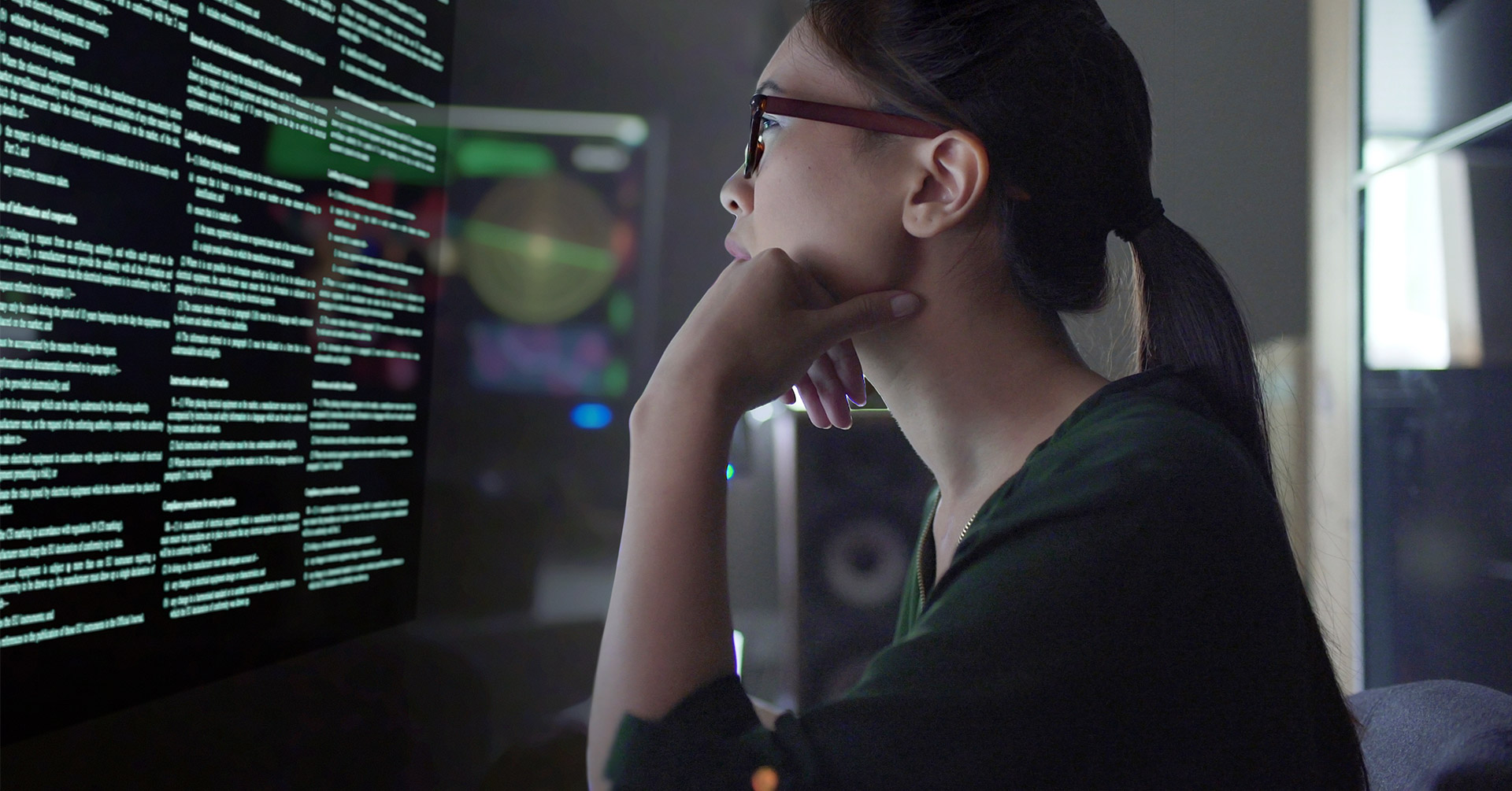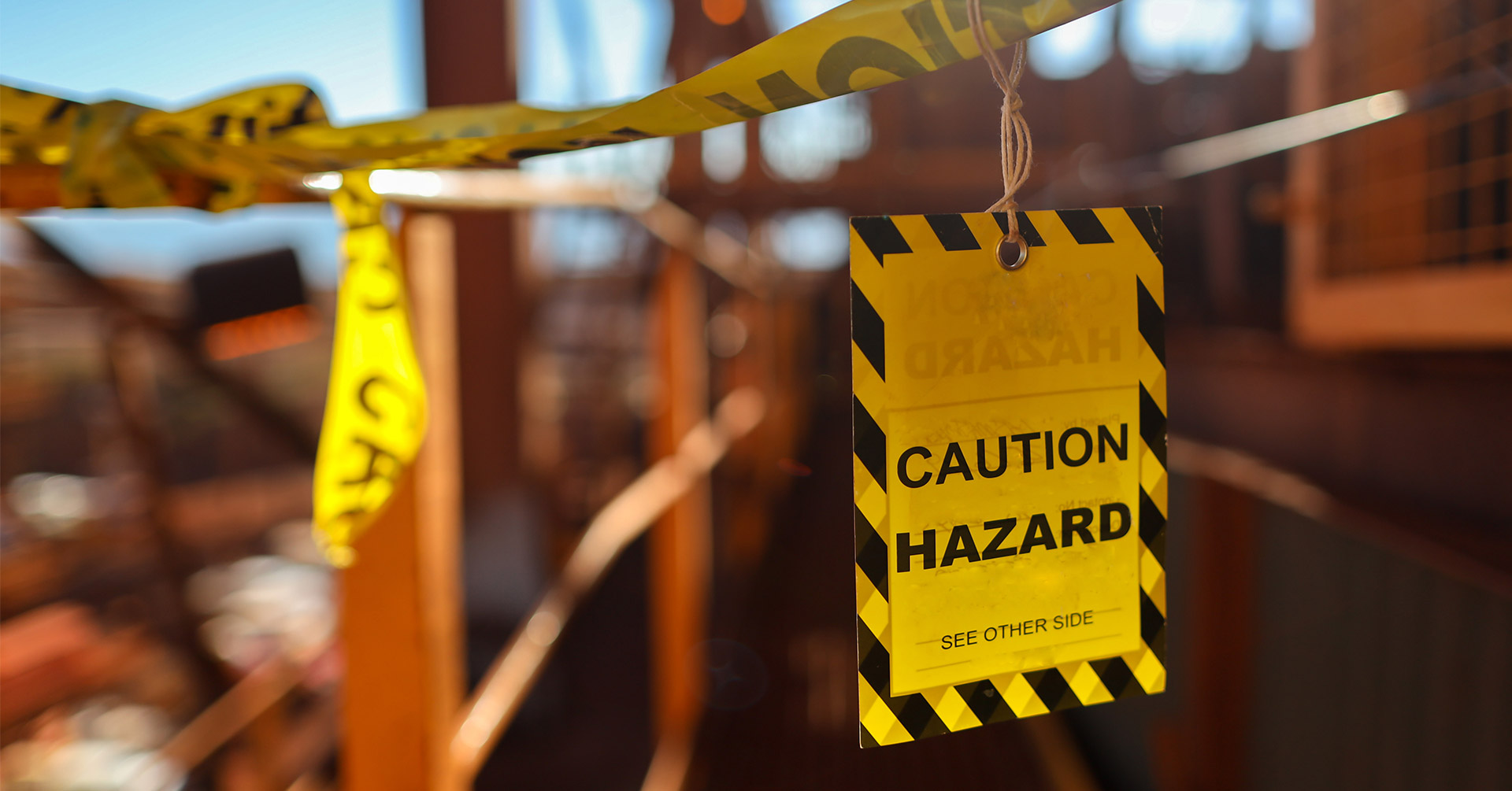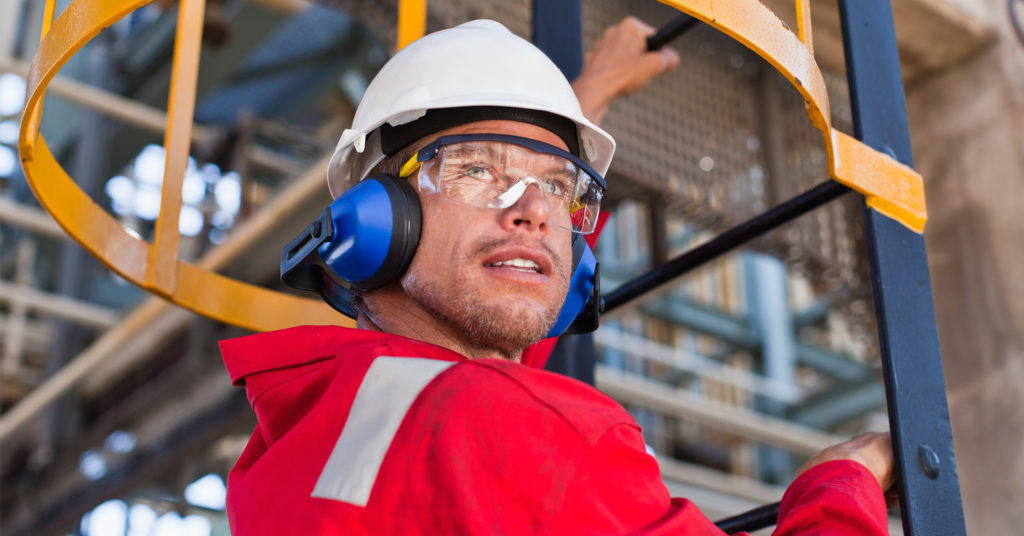
How Situational Awareness Supports Safety Outcomes
For workplace safety, situational awareness applies to both internal and external hazards. You and your employees can mitigate risks by being better prepared for proactive and reactive responses.
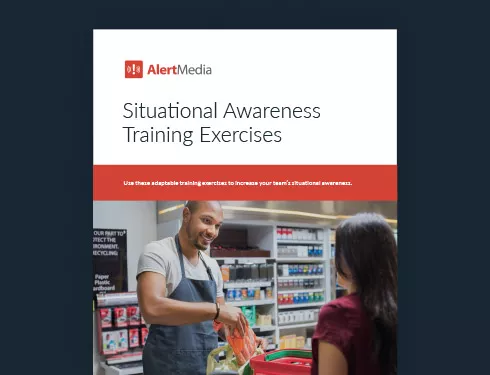
Any system—be it your immune system, the postal service, or a business—is comprised of hundreds, if not thousands, of moving parts that all work together to serve a purpose. When one of those parts breaks down or goes offline, the effects ripple across the system, causing additional problems and unforeseen consequences.
These snags can range widely in type and severity. Some are encountered routinely; others are rare. Some are internal to the system itself, but external forces can have just as much, if not more, of an impact.
For a business, think of internal hazards such as equipment failure or the spread of illness. Plus, you have external threats with varying degrees of predictability—including natural disasters or protests and demonstrations.
How is a system such as your company supposed to counteract these myriad problems? The answer is clear: situational awareness.
Download Our Situational Awareness Training Exercises
What Is Situational Awareness in Safety Programs?
When it comes to your workplace safety programs, situational awareness is the act of taking stock of your environment and analyzing how it may impact your business operations so you can react to or preempt problems. This can be broken down into three parts:
- Perceiving the various elements of your environment and making notes of them
- Understanding what these environmental factors mean and how they affect you
- Predicting how those elements might change or develop as time passes
As you might imagine, each of these parts relies on the ability to separate the important from the unimportant. For example, in a noisy, busy warehouse environment, you have to overcome information overload and pick out the critical details, such as a coworker walking into the path of an unsuspecting forklift driver.
In many contexts, situational awareness safety is geared toward an individual’s immediate surroundings. Though when thought of in its entirety, situational awareness applies to not only your workplace but also the world at large and the many ways different events and threats can influence your operations.
One of the most universal threats was the COVID-19 pandemic. Workers sick with the virus, lockdowns and other legal actions, massive supply chain disruptions, and more wreaked havoc on the globe—and businesses everywhere struggled to keep up.
The concepts of situational awareness can apply here as well. By expanding their awareness to include things like virus hotspots, legal challenges, and news reports, forward-thinking companies were able to harden their entire organization against the pandemic.
The key is to not keep your head down—to take in your environment, both immediate and remote. Being aware of potential hazards in your daily work environment can help you consistently manage risks to personal safety and productivity. Meanwhile, being aware of events entirely out of your control, like approaching wildfires or high heat, can help you orient your operations in a way that mitigates the impacts of these hazards.
Does Situational Awareness Improve Safety Outcomes?
Situational awareness has long been recognized as a critical skill for those in the military, aviation, healthcare, and other high-stress roles. In a dynamic environment, employees must apply situational awareness, noting what risks surround them and identifying what needs to be done to manage those dynamic risks.
If you’re a fighter pilot in a dogfight or a nurse tasked with taking care of multiple seriously ill patients, you must be able to recognize what’s happening around you, how it can affect your job or mission, and how those situations might evolve in time. Forged in the stress of the life-or-death nature of these jobs, situational awareness is a framework that has been repeatedly shown (study in aviation, study in healthcare) to improve safety outcomes and increase the effectiveness of those on the job.
While there is evidence that situational awareness isn’t a silver bullet for workplace safety, it remains a central concept in many fields and is enjoying wider adoption in the business world as of late, especially in the post-9/11 era.
How to Develop Situational Awareness in Your Workers
Situational awareness might seem like a superpower (akin to Spiderman’s “spidey sense” or Superman’s x-ray vision). Luckily, it’s just a skill, and like any skill, it can be trained and developed into a powerful tool that’s a vital part of safety culture. Here’s how to go about that.

Training and trials
Oftentimes, workers focus on their tasks to the point of tunnel vision. While some business owners might welcome that as a factor of productivity, the other side of that coin is severely limited environmental perception and bad situational awareness in turn. Luckily, simple training can get employees in the habit of examining their environment for irregularities and noticing problems, potentially averting them before they occur.
One of the most popular ways to train situational awareness is the Stop, Look, Assess, Manage—SLAM—technique, which gives you an ordered list to walk through when approaching a situation. Another popular tool is a color-coded scale of situational awareness levels that helps to measure improvements to situational awareness with training.
Situational training exercises
A common and effective way to train situational awareness in a relaxed, simulated environment is with tabletop exercises. These are something like imaginary drills where teams are invited to mentally walk through a particular task or situation in the face of various complications or restrictions.
When doing so, they can be presented with problems that require some kind of response, such as a fire breaking out or a piece of equipment or PPE failing. Participants consider a course of action, and the entire group determines together whether those actions were sufficient. The collective can then reflect and adjust their plan and run the exercise again and again, refining their procedures each time.
Tabletop exercises are extremely valuable because they allow you to present situations to your workforce in a safe environment. By priming your employees now, they’re more likely to be ready for unexpected variables in the real world. AlertMedia has tabletop exercise templates that can help you create your own exercises tailored to your team.
Other opportunities for practice include memory trainers like “Kim’s Game,” observational awareness exercises, and challenges to recall important and unusual details from a safety meeting. All of these can be found in our template of situational awareness exercises.
Toolbox talks
Another popular and effective method for bolstering your team’s situational awareness is with so-called “toolbox talks.” These are brief stand-up style meetings that focus on the safety hazards surrounding a particular variable in the work environment, such as a new tool in the toolkit or feature of a work site.
Toolbox talks can cover any and all dangers that workers might encounter according to your risk assessment, such as fires, electrical hazards, and heat safety information. Monthly talks with unique safety topics can be a great way to keep risk awareness top of mind. For example, during the summer months, you might have a talk about extreme heat.
Rigorous reporting and reflection
One of the best times to improve your organization’s situational awareness is immediately after an unexpected event has occurred and been dealt with.
By looking back on what just happened, you can reflect on what went as planned, what did not go as planned, and how to improve your preparedness for a future emergency. Reflect on near misses too—things that nearly went wrong but didn’t. In the case of an unaware warehouse worker walking through the path of a forklift, perhaps you noticed a deficiency in the forklift’s warning system, making it more noticeable for the future.
After-action reports
One way to systematically improve safety procedures based on what you learn from events that occur or drills that you run is to conduct an after-action report when all is said and done.
Learn a step-by-step framework for developing an after action report to ensure your organization is prepared for any emergency scenario.
Another business tactic borrowed from the military, an after-action report provides a method to uniformly address the strengths and weaknesses of the event in question, allowing you to easily compare and contrast it with other events and exercises.
Well-constructed after-action reports also have the benefit of considering practically how to learn from last time to improve for next time and delegating the process of doing so amongst the team, benefitting their decision-making skills.
Tools and technology
While situational awareness is a process that mainly takes place between your ears, it can be augmented by technology, granting broader fields of view without an overload of stimuli. Two of the most important technologies for situational awareness in business contexts are those that aid in communication and those that aid in gathering intelligence.
Emergency communication
If an emergency occurs in your work area, it’s critical that you notify impacted individuals of the dangerous situation and check on them to confirm their safety. The most efficient way to do so is with a modern, cloud-based emergency communication system. These technologies enable emergency leaders to communicate with anyone in their organization depending on their role, location, and other qualifiers.
By spreading the word of an incident in progress, you automatically heighten the situational awareness level of your team members and make them much more likely to stay out of harm’s way.
Additionally, during and after the event, you’ll want to know if everyone is safe and secure. Choose a system that enables two-way communication between safety leaders and everyone else. If your employees need help, they need to be able to tell you directly.
Threat intelligence
Situational awareness doesn’t begin and end within the confines of your workplace. External events ranging from a global pandemic to civil unrest can impact the way you run your business, and being surprised by them won’t do you any good.
Consider a threat intelligence system to expand your situational awareness for improved safety outcomes. With analyst-vetted information from thousands of reputable sources, you can focus on your business and be proactively alerted to any potential hazards that might stop work. Some of these products, such as AlertMedia’s, also allow users to chat directly with professional analysts to ask questions and get context for important threats.
Strengthen Organizational Safety and Well-Being
Situational awareness is a highly important skill that can mitigate the worst effects of accidents, mishaps, disasters, and any other situation that threatens the well-being of your workers and the strength of your business. By developing methods of strengthening awareness in your own organization and bolstering them with technological support, you set yourself and your business up for success and safety.

